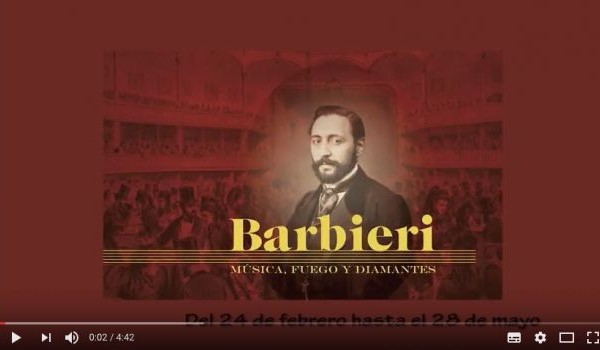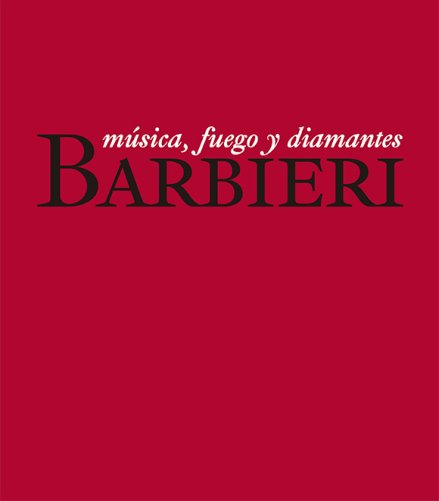The exhibition surveys the life of this great composer as a reflection of the twentieth century. Five sections analyse his work as a lyrical composer and his major research into the history of music: The man; The struggle for a Spanish lyric theatre; The height of creativity; The activist, agent and ideologist; and Barbieri and the Biblioteca Nacional de España.
Barbieri composed more than 60 zarzuelas, some of which are still among the most popular contributions to this genre. Barbieri steeped them in the essence of Spanish folk music, changing the course of Spanish lyric theatre, which was then almost inundated with foreign features.
His work as a researcher and bibliophile was equally or even more important. He assembled the largest musical library in Spain and an impressive collection of information and documents, all of which were bequeathed to the Biblioteca Nacional de España. His most important publication, "Cancionero Musical de los Siglos XV y XVI" (Musical anthology of the 15th and 16th centuries), contains transcriptions of 459 manuscripts from the Library of the Royal Palace and detailed biographical annotations.
Barbieri founded the newspaper La España Musical. Later, in 1847, together with Arrieta and Gaztambide, he established a society to create a zarzuela theatre, which opened on 10 October 1856 as the Teatro de la Zarzuela. And in 1859 he founded a concert orchestra. In 1882 he became a member of the Spanish Royal Academy, the first musician to receive this honour.





